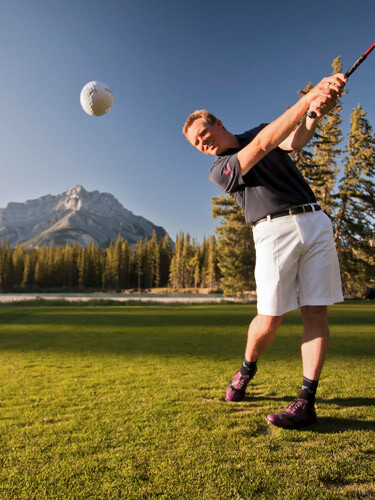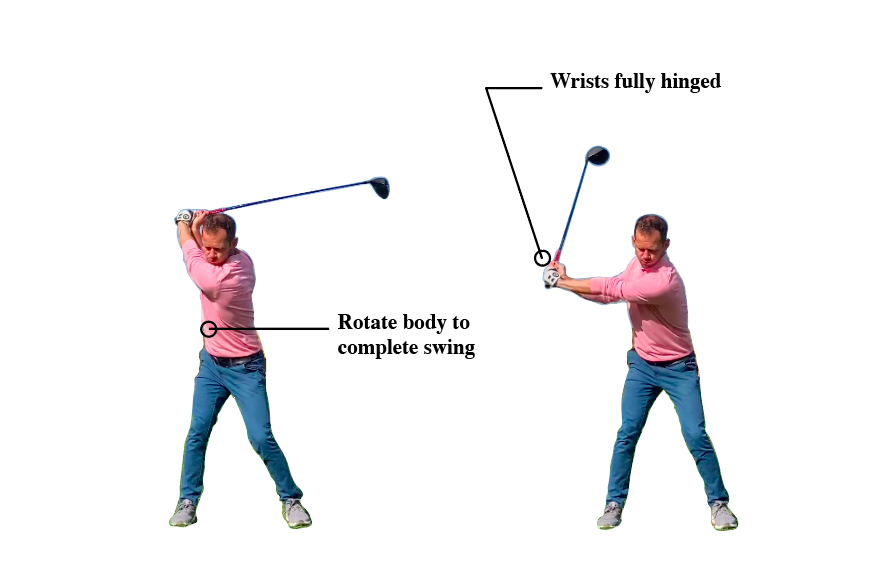
A good golfer knows the difference between draw and fade. They should choose a shot that is best for them. The distance you intend to hit the ball will affect which type of shot you choose. If you're playing with others, it's best not to choose a draw. A fade shot will be more appropriate for nervous golfers. This is because the trajectory of the ball will not be controlled by you. Your handicap will tell you how skilled you are. The higher your handicap, the more control you'll have on the ball.
You can improve your performance
To avoid having difficulty hitting a good fade, learn how to control your nerves. Nervousness can make it difficult to control the trajectory of your shot and will result in a less successful draw or fade. A fade is the preferred shot of a lefty playing on dogleg lefts. A fade is not always the best shot to use for a right-handed person.
If you find yourself naturally drawing the ball, you can work on hitting a fade. You'll be able hit the ball with the side spin, which will allow it curve around obstacles. The side spin will help you reduce overshooting. It is best to practice both shots side by side until you find the balance that suits you best.

Get closer to the pin
The ball's direction of travel is the main difference between a fade or a draw. The best shot for your situation will help you get closer to the pin. Both the approach shot and the tee box shots have their benefits. For example, a fade will help you get closer to the pin on a dogleg left hole. Both shots have their pros and cons.
If you want to achieve a fade, aim your body right. It is crucial to keep your face straight. For right-handed players, a fade is the best shot. It is important to aim your body properly. Aside from this, the correct grip is essential to a successful fade. The grip should be neutral to slightly strong. You will be able to practice with a different grip, which can confuse your brain and lead you to hit a draw rather than a fade.
Keep shots from colliding with hazards
A recent survey asked golfers to choose between the draw and fade. The results were overwhelming in favor of draw. The draw produces a lower trajectory with pronounced topspin, which gives more distance and rollout. However, it also leaves the golfer more vulnerable to a double cross, causing him to hit a shot into the green or water hazard. The best fade is a short, low-launched shot with minimal backspin.
A power fade is a 3-10 yard distance to the left of the target. It curves backwards. The amount you use of iron/wood will affect the curve. However, a power fade will not cause you to get into trouble. You will be less likely to run into any trouble, and you'll also lose fewer balls. This is a great shot, especially for beginners.

Your shape will improve
You might consider working with fade vs. draw if you are hitting lots of sand shots, and you find yourself slicing them off center. Although this style of golf has similar mechanics to the draw, it moves slightly left of center and a fade moves right. Find out how to hit the fade.
To hit a fade, begin by gripping the club with your right palm facing your target. A power fade can fade out to about 3 to 10 yards depending upon the type of iron and wood used. This shot has one advantage: it is less likely that you will get in trouble. How to hit fade correctly is key to improving your fade.
FAQ
What is a "par"?
Par refers to how many strokes are required to complete a hole. Each player's score is added up to calculate the total score.
There are 18 holes in a round of golf. Each hole has a different rating. The highest rated hole is called "par 3''. It is three strokes away. The "par 5" hole is the lowest rated. It is located five strokes from hole.
How does a golfer score points?
Points are awarded based how well a golfer performs in a competition. You can score points in many different ways in golf. One example is that a player can win a tournament simply by scoring more than anyone else. A player could finish in second place and win half of the prize money. Also, placing third through tenth in a tournament earns you points. These additional points are called'strokes.
Apart from these official competitions there are many other events that award points for the best performers. A player might be eligible for bonus points if they perform well in a specific event.
Which is the best season to play golf?
Between May and September is the best time to play golf. This time, it is usually mild and there is no rain.
Winter can be extremely cold. In addition, snowfall makes it difficult to walk the fairways.
In spring and fall, the grass gets too high, making the flagstick difficult to see.
How much does a round of golf cost?
Prices for each person can be anywhere from $15 to $30 This includes greens fees and cart rental.
How does a golfball look?
The majority of golf balls are made out of rubber or plastic. The ball's surface is smooth and bounces off the ground when it is hit.
Statistics
- Buying a set of Titleist or Taylor-Made irons for nearly $1,000 is simply not necessary and likely a waste of money. (golficity.com)
- In the United States, the number of people who play golf twenty-five times or more per year decreased from 6.9 million in 2000 to 4.6 million in 2005, according to the [51] (en.wikipedia.org)
- Professional golfers typically make between 60% and 70% of greens in regulation. (en.wikipedia.org)
- In the United States, women made up 25 percent of golfers in 2021, which was up from 19 percent in 2011, and junior female golfers account for 35 percent or 1.1 million golfers.[50] (en.wikipedia.org)
External Links
How To
How do you play better golf in windy conditions?
Golf is a game played outdoors in open spaces on well-kept grassy areas. It is one of the most popular sports around the globe. There are many types of golf courses across the world, ranging from public parks to private clubs. You can also play indoors such as indoor arenas or shopping malls. Each hole has a number of holes where players have to hit the balls. Each hole features a fairway and rough, hazards (e.g.. water), and a teebox. The type of shot that is required will determine which driver, wedge or long iron the players use. According to the course rules, players may need to carry the ball for a specified distance before hitting it. Or they may only need to drop the ball into the cup. There are many factors that affect how a golfer hits the ball when playing outside. These conditions include wind speed, temperature, humidity, visibility, and visibility.
There are two main types: crosswinds, and headwinds. Headwinds blow left to right and crosswinds from left to right. If the wind blows toward the golfer it means that he/she hits against the wind. But if it blows away from him/her it will mean that he/she hits with the wind. Playing golf in a strong wind is much harder because the ball tends to fly higher and further. It becomes difficult for the player control the trajectory and the direction of the ball. To counter these effects, players keep the club's face perpendicular with the ground. They strike the ball in such a way as to get maximum power and full contact with it. Although the ball may fly slower in stronger wind, it can travel farther because of increased air resistance.
You need to practice a lot when playing golf in the wind. As mentioned above, the wind affects the flight path of the ball. A great golfer should be aware of what type of wind is blowing in the area. He/She would adjust the swing to compensate so that the ball can be hit cleanly and with minimal energy. It is also important to consider the direction of the wind. The wind does not travel uniformly in all directions. For example, the wind from the ocean tends to be quite light, but it's often stronger near shoreline. The wind blows closest to the ground in a similar way. These factors mean that golfers must be aware of the direction and intensity of the wind.
In summary, playing golf in the wind requires constant adjustments to your swing. Watch the wind and ensure that your swing aligns properly. You must also learn to read wind patterns and adjust your swing accordingly.